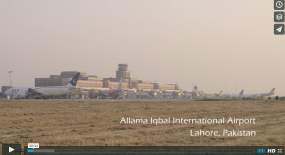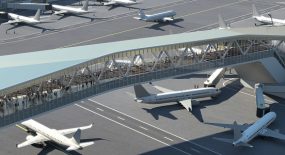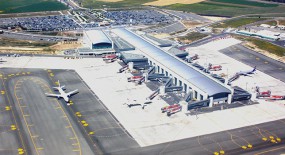
Carbon neutrality, 40% energy savings versus international standards, 100% clean energy operations – the expectations in terms of environmental sustainability for the new international airport in Mexico City are very high. The challenge now is how to reach these targets while accommodating 50 million passengers per year and ever growing traffic – 125 million planned in the project’s second stage.
The first phase of the project to build a new international airport in Mexico City sets the operational capacity of the airport at 50 million passengers, an increase of 10 million passengers as compared to the current Benito Juárez International Airport, and 550,000 operations in a year. This means a substantial increase in air traffic. At the same time, the pressure from the community on the airport to limit its impact on the environment is huge.
A good way to address this complex equation is to take a holistic view, seeing the airport as one operational entity where all parts are tied together by aircraft movement.
At an airport the interface between stakeholders is often not very well defined, but by applying cross border integration the gaps between systems and stakeholders can be bridged. This has shown to bring great benefits, not only in terms of throughput and safety, but also environmental sustainability.
A recent validation conducted by SEAC (SESAR European Airports Consortium) highlighted the value of good integration between stakeholders by using Follow-the-Greens as a flow management tool. Follow-the-Greens is an innovative and performance enhancing guidance method for aircraft movement on airport taxiways. The objective is to speed up the taxiing procedure of the aircraft to and from the runway, making the process more efficient.
By linking the airfield with the tower through new channels, airport operations can significantly be improved. In this scenario, the aircraft is seamlessly guided on the taxiway all the way to the apron and into the gate. The conclusion of this study shows that the taxi time and number of interruptions can be significantly decreased while improving fluency in both good weather and low visibility conditions.
This results in a non-negligible reduction of the airport’s environmental impact with a 19 percent decrease in fuel burn and CO2 emissions in good weather conditions , and as much as a 40 percent decrease during night time and low visibility conditions.
Increasing the airport throughput with a limited impact on the environment is definitely possible! And, in the case of the new international airport in Mexico City, it will not only enhance the country’s competitiveness in the global economic landscape, but become a shining example of sustainable airport development.















Leave a Comment